Ferrari The Mystique Of The Prancing Horse

When an automaker asks me to take a plant tour, I’m not quick to sign up. I’ve not only seen my share of assembly lines with workers screwing cars together, but in my formative career in the automotive industry, the manufacturing floor was part of my daily workspace. Besides, I would much rather drive a fast sports car than witness its assembly.
But when Ferrari invited me to see its newly reworked factory in Maranello along with a sneak peek at its new California Spyder, I immediately signed up. Frankly, it doesn’t take much prodding to inspire me to travel to Tuscany. The people, food, wine, and espresso are all compelling reasons.
Company Culture
Ferrari is unique in dedicating significant assets to perfecting its Formula One racecars. It’s a philosophy that began with founder Enzo Ferrari, who built road cars to finance his racing endeavors. To get an idea of how suffused Ferrari culture is, a visit to its remarkable factory, racetrack, and headquarters is quite revealing. The main gate lies just off a major traffic circle that contains a prominent, stainless steel sculpture of Ferrari’s prancing horse as its centerpiece. And as you navigate through the factory complex you encounter streets named after Ferrari’s legendary race drivers, including Phil Hill, Juan Manual Fangio, Niki Lauda, John Surtees, and Michael Schumacher.
Gourmet Fare
The streets connect buildings that combine form and function with remarkable style. One of the most striking is the new company restaurant that the sophisticated tourist would put at the top of his or her list. One hang-up, though — it’s for employees only. Every part of the Ferrari complex is geared to keeping employees in high spirits and productive. For example, it’s no secret that more Italians are tobacco users than their American counterparts and some wish to enjoy a cigarette with their break. Ferrari has installed special smoking rooms surrounded by lush foliage for that enjoyment, even in the well-ventilated foundry where some smoke from castings is unavoidable. Employees can use the services of Italian Olympic doctors who can design personalized training programs for use at approved training centers. Even temporary housing is available for employees and consultants at the newly opened Maranello Village with its own self-serve and full-service restaurants and fitness center.
Everywhere you look, factory workers wear red jumpsuits reminiscent of the ones worn by race team members. And they wear them proudly whether working at the factory or riding a bike through town.
Bottom Line
All of these benefits have earned Ferrari the title of Italy’s best place to work. That’s a nice feather in the red racing hat, but does that translate to producing a better Ferrari? After touring the design, engineering, and production facilities, I’m convinced that the effort is worthwhile. Every employee seems involved in his or her work and is confident that they are part of something special. The factory work areas are sparkling clean and remarkably well lit with lots of glass from ceilings to surrounding walls. And the noise level is quite low for what is really heavy manufacturing, although the lines and pace move at speeds befitting an ultra-luxury sports car.
I came away with a renewed appreciation of Ferrari’s culture and spirit. There may be other automakers that put this kind of effort into their products, but I haven’t witnessed anything this comprehensive. And how many cafeterias can compete with a stylish restaurant serving authentic Northern Italian cuisine? BRIAN DOUGLAS
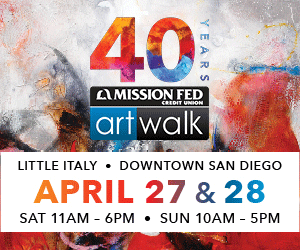




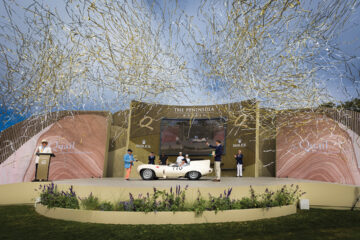
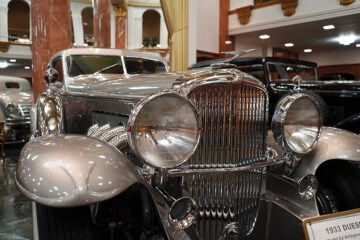
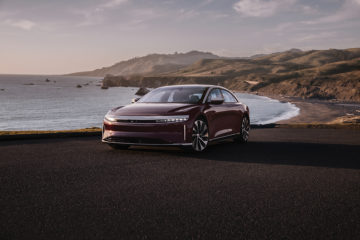
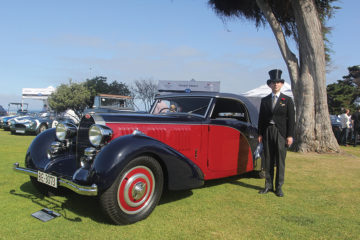
Comments